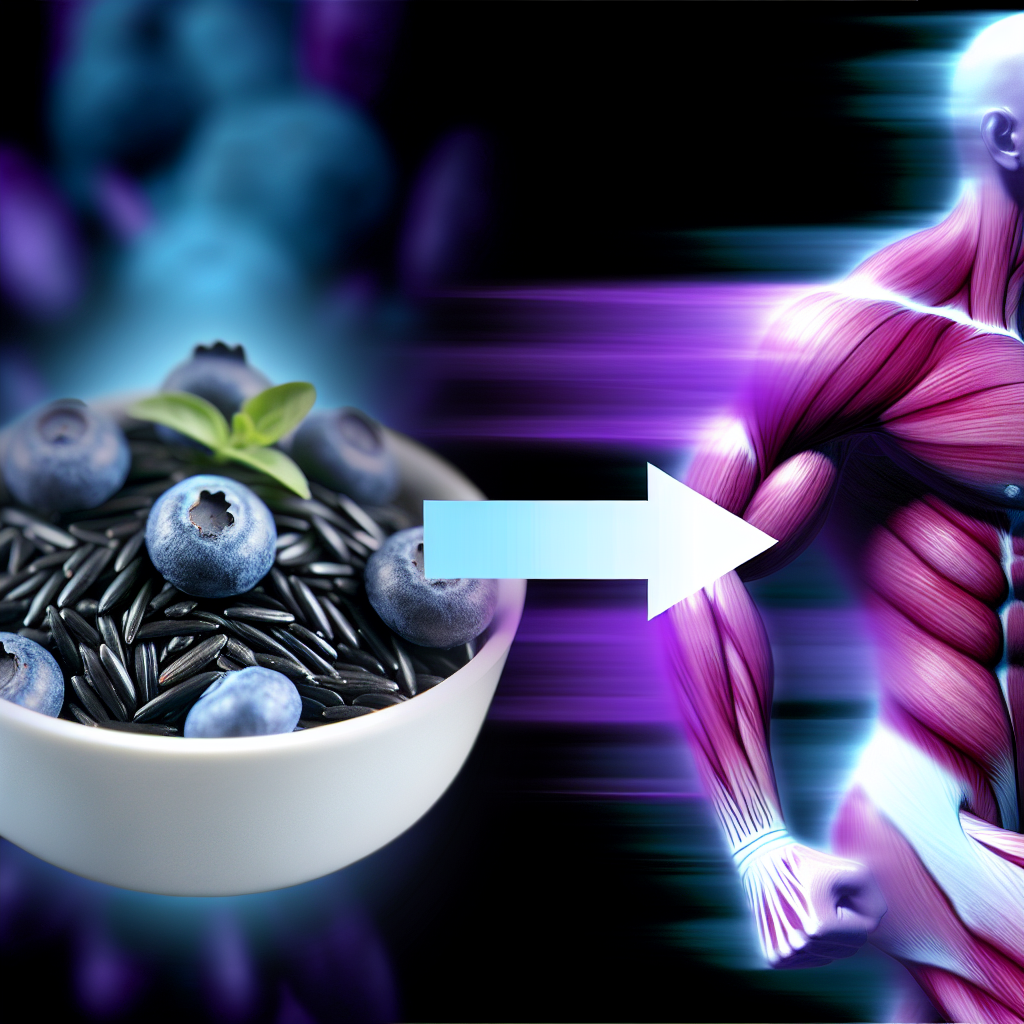
Indigo-3G, marketed as an advanced nutrient partitioning agent, is designed to help the body direct more of what you eat—especially carbohydrates—into muscle rather than fat tissue. Its main active compound is cyanidin-3-glucoside (C3G), a type of anthocyanin commonly found in deeply colored fruits like blueberries and black rice. The central promise of Indigo-3G is its ability to enhance muscle growth, support fat loss, and improve workout recovery by making the body’s nutrient utilization more efficient. This concept, sometimes oversimplified as “turning food into muscle instead of fat,” captures significant attention among athletes and fitness enthusiasts looking to maximize their results from diet and training.
The basis for Indigo-3G’s popularity stems from research into C3G’s effects on nutrient partitioning, insulin sensitivity, and fat cell function. Though much of the evidence comes from animal and cell culture studies rather than large-scale human trials, the findings are still notable. C3G appears to improve insulin sensitivity, meaning muscles are better able to absorb glucose in response to insulin, thus supporting lean mass growth over fat accumulation. This anthocyanin may also contribute to “fixing” fat cells, making them less likely to grow when exposed to insulin spikes associated with carbohydrate-rich meals. These features are particularly attractive to those aiming to build muscle while staying lean, as traditional bulking periods can often lead to undesired fat gain.
Beyond potential effects on body composition, C3G demonstrates other benefits that could appeal to health-minded consumers. As a strong antioxidant, it helps reduce oxidative stress, which is linked to metabolic health, inflammation, and overall cellular function. Other research has explored mood and brain benefits, showing that C3G can act as a mild MAO inhibitor and may boost levels of neurotransmitters like serotonin, dopamine, and norepinephrine. These changes may lead to subtle improvements in mood, cognitive function, and resistance to the depressive effects of chronic stress. Test-tube and animal studies also suggest C3G may upregulate BDNF—a protein tied to brain plasticity and mental sharpness—further supporting its reputation as a well-rounded supplement.
For individuals with attention-related issues or symptoms of ADHD, C3G’s impact on dopamine regulation and gut health has sparked interest. Recent findings imply that a healthier gut microbiome, which C3G seems to support, affects not just digestion but also mental clarity and focus through the gut-brain axis. By fostering a more balanced microbial environment, C3G could play a role in mitigating inattentiveness and impulsivity, although more human data is needed.
One of the distinguishing aspects of Indigo-3G is its approach to supplement delivery. The product uses advanced softgel technology to improve bioavailability, meaning the body absorbs more of the C3G than with standard capsules or powders. Updated research from developer Biotest supports a single daily dose of 300 mg (three softgels), which reportedly provides optimal results for nutrient absorption and overall effects. The improved delivery system addresses a longstanding challenge in the supplement industry: ensuring users get the intended dose of a bioactive compound rather than losing much of it during digestion.
Indigo-3G is not without its critics or caveats. While the theoretical mechanisms and preclinical data are compelling, large, controlled human trials are lacking, and some individuals question whether the marketed results are achievable outside of controlled settings. The supplement’s price point is relatively high, reflecting the cost of sourcing and purifying C3G, which may be a hurdle for those working with tight budgets. Critics also warn against viewing Indigo-3G (or any supplement) as a magic bullet for physique transformation. Success still requires diligent attention to nutrition, exercise, and rest. Anecdotal feedback suggests that its effects are most noticeable for those who already have a well-structured diet and training plan; for these users, Indigo-3G may offer an extra edge, but it’s unlikely to compensate for poor lifestyle habits.
Despite the marketing around Indigo-3G’s dramatic results, user experiences are generally more nuanced. Some report increased muscle fullness, better “muscle pump” during workouts, and more stable energy when consuming carbohydrates, but others note only subtle benefits or no observable change. Importantly, the product is free from stimulants, which makes it particularly appealing for those trying to avoid jitters or crashes often associated with fat-loss or performance supplements. The absence of harsh side effects has been emphasized in reviews, with most users tolerating the formula without issues.
For athletes and bodybuilders, the possibility of improved glucose disposal and better use of dietary carbs can mean the difference between gaining lean muscle and simply adding fat. It allows for greater flexibility in meal planning and could make higher-carb diets less risky in terms of unwanted weight gain, provided that exercise intensity and caloric needs are properly matched. Those utilizing Indigo-3G often aim to integrate it with carbohydrate-centric meals or before workouts to maximize its purported nutrient-shuttling effects.
It’s also important to maintain realistic expectations about the outcomes of adding C3G to a supplement regimen. While some users achieve noticeable improvements, the supplement landscape is filled with exaggerated claims, and genetic factors, diet adherence, and training intensity all play major roles in individual results. For people looking for a foundational supplement for general wellness or muscle gain, essential nutrients and proven ergogenic aids should take priority. Indigo-3G may offer meaningful benefits for those at an advanced stage who seek incremental improvements.
When evaluating Indigo-3G, considerations around cost, current scientific evidence, and long-term goals should guide purchasing decisions. The core keywords relevant to this discussion—nutrient partitioning, cyanidin-3-glucoside (C3G), insulin sensitivity, muscle growth, fat loss, workout recovery, and anthocyanin—highlight the supplement’s primary mechanisms and target audience. For those with a dialed-in nutrition and training plan, Indigo-3G could be a valuable addition; for others, its subtle effects are unlikely to replace the essentials of diet, exercise, and recovery. With its roots in antioxidant science and promising early findings in both physical and cognitive health, Indigo-3G remains a supplement best approached with knowledge and realistic expectations.







Leave a Reply